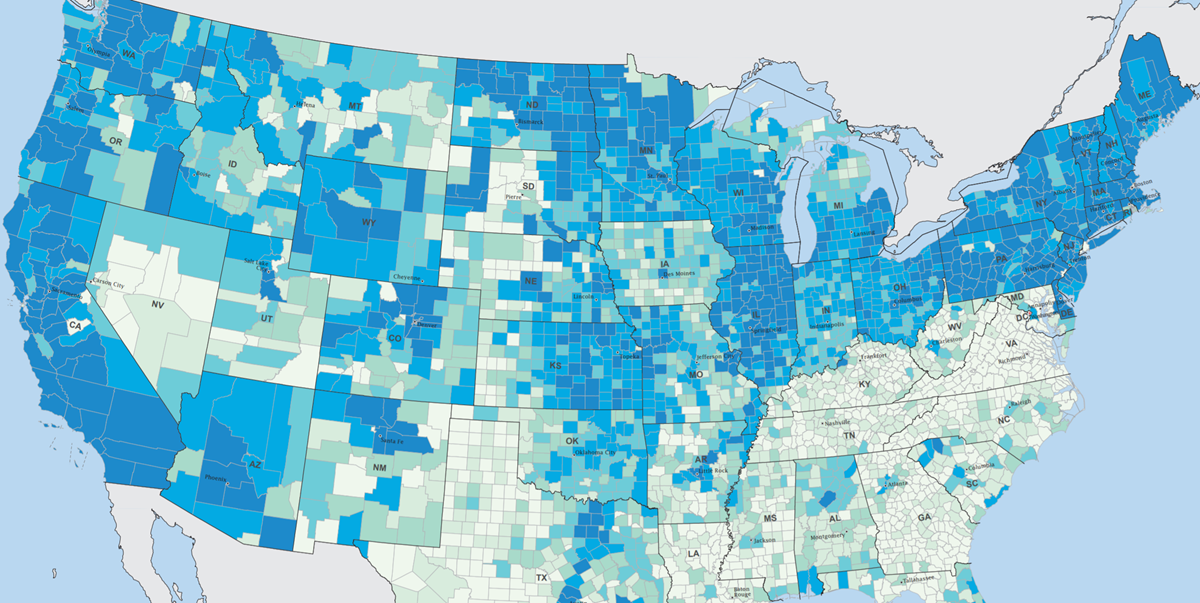
Government fragmentation has long been torn between two competing interests. On one hand, many officials argue consolidation boosts efficiency and makes coordination easier. Citizens, though, remain attached to their local governments and often resent representation by a perceived group of outsiders.
Figures from the 2012 Census of Governments signal no significant shift toward government consolidation taking place in recent years, at least not on a national level. While fiscal pressures have sparked interest in consolidation in some localities, particularly those already with numerous government entities, this hasn’t resulted in a big wave of mergers.
The prevalence of governments varies widely throughout different regions of the country. Historic boundaries and agreements, along with population and geography, often explain much of the regional differences. Rural areas tend to have the most governments on a per capita basis. A Governing analysis of the new data and 2011 population estimates showed North Dakota, South Dakota, Nebraska, Wyoming and Kansas recorded the highest number of governments per capita. On a per capita basis, North Dakota boasts an astonishing 39 governments per every 10,000 residents – the most in the country.
Read two related articles by Mike Maciag (in Governing): http://www.governing.com/blogs/by-the-numbers/local-government-consolidation-fragmentation.html (August, 31, 2012)
http://www.governing.com/blogs/by-the-numbers/local-governments-power-authority-for-metro-areas.html (January 8, 2013 )
http://www.governing.com/blogs/by-the-numbers/local-government-consolidation-fragmentation.html (August, 31, 2012)
